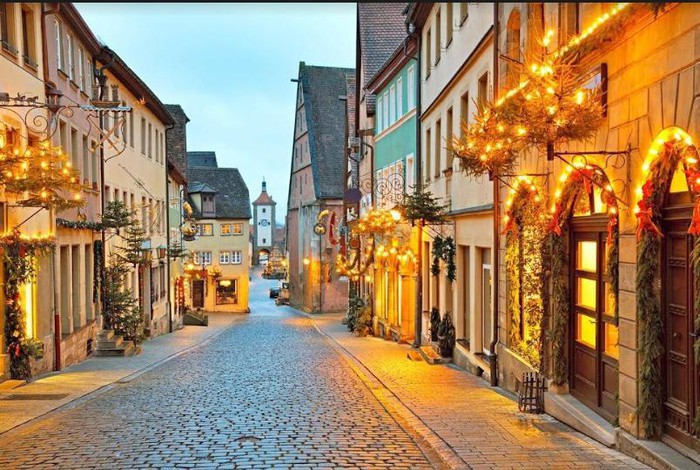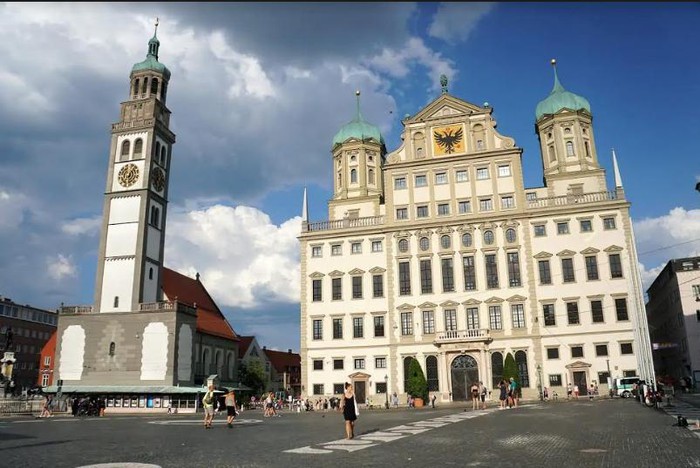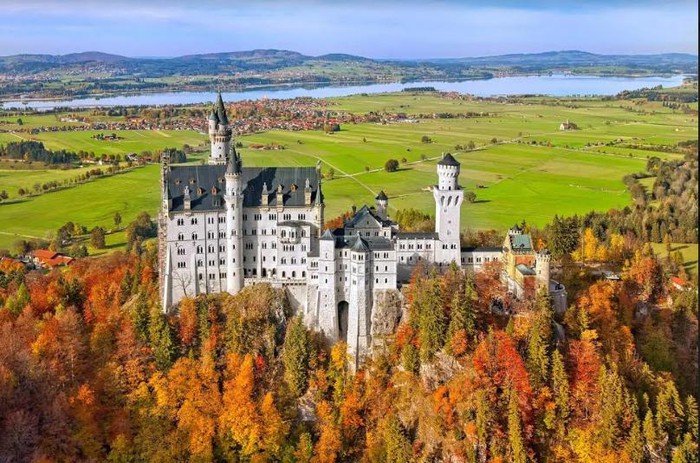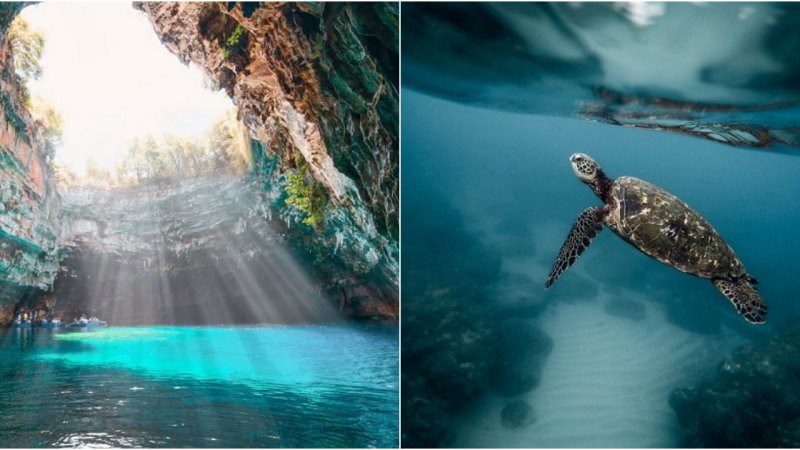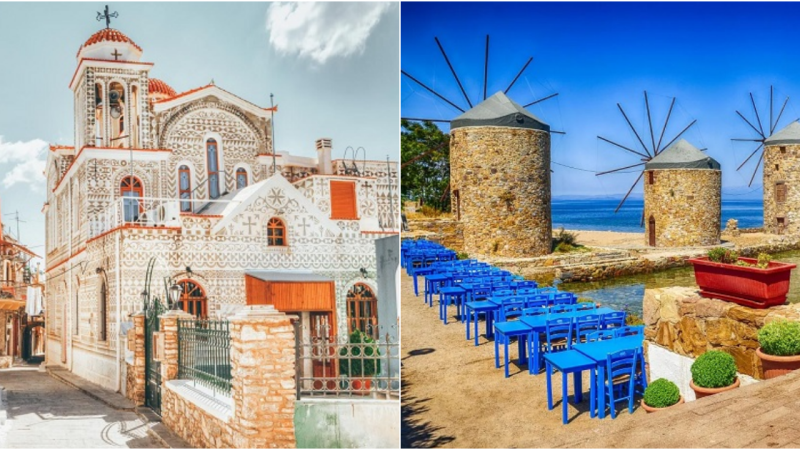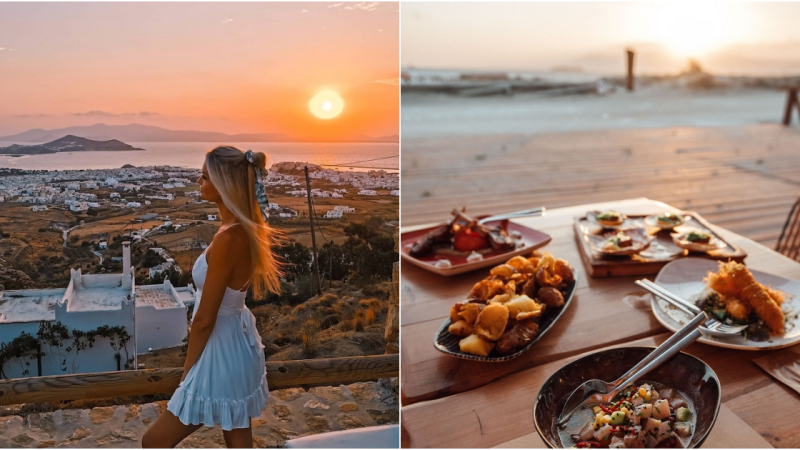Discover the Enchanting Destinations along Germany’s Most Romantic Route
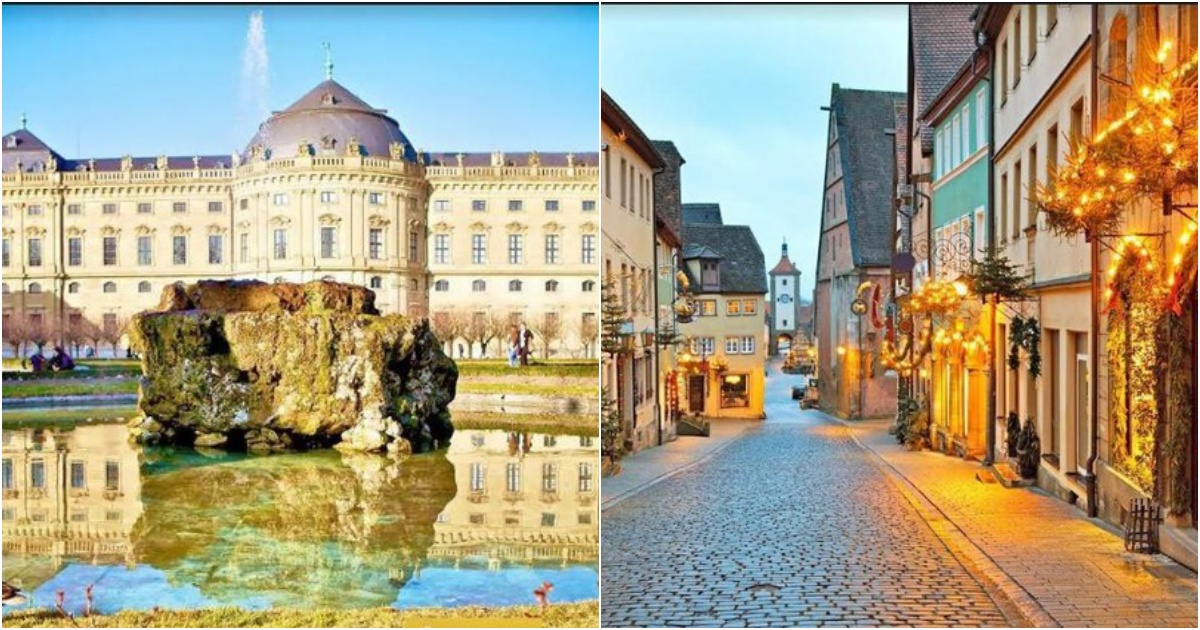
Traveling along the Romantic Road in southern Germany promises breathtaking landscapes and awe-inspiring sights. Following the ancient Roman route, spanning approximately 350 km through the rural region of Bavaria, it stretches from Wrzburg in the north to Fssen on the Austrian border.
Along this scenic route, you’ll have the opportunity to visit three of Germany’s well-preserved medieval walled cities. You’ll also encounter renowned landmarks such as the Neuschwanstein Castle and Rothenburg’s Plnlein. Moreover, you’ll immerse yourself in the essence of Germany’s picturesque scenery and experience the renowned hospitality of Bavaria as you traverse the charming brown-hued countryside roads.
Wrzburg City:
Wrzburg, a historic city, boasts a plethora of stunning architectural marvels, from the Wrzburger Residenz in the town center to the majestic Marienberg Fortress overlooking the city. The medieval bridge spanning the Main River and the Romanesque churches are also worth exploring. The city showcases diverse ancient churches and religious buildings.
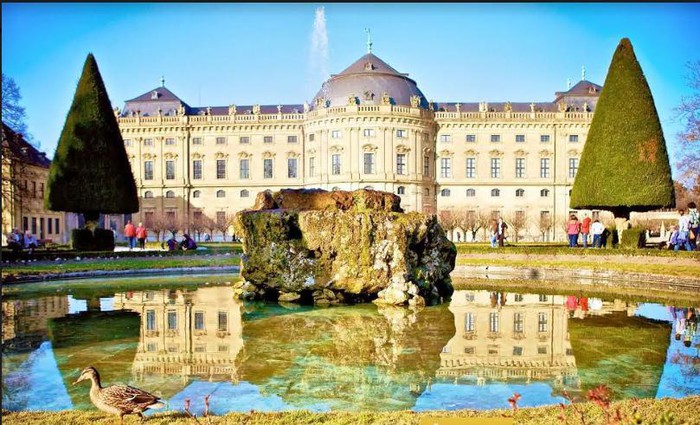
One of Wrzburg’s highlights is its status as the capital of one of Germany’s largest wine-producing regions, Franconia, known for its dry white wines. You can indulge in tasting local delights such as the pilsner cake and Wrzburger Hofbru pastry from the oldest pizzeria in Germany, located in this venerable old town.
Rothenburg ob der Tauber:
Rothenburg is renowned for its well-preserved medieval old town. It resembles the backdrop of a historical period drama, with Plnlein being a must-visit spot. Plnlein is a former market square from where you can catch a glimpse of both the Siebers Gate and the Kobolzeller Gate—two of the most photographed locations in Germany—and you’ll understand why.
Besides the beautiful streets, the town takes pride in its array of impressive museums. Don’t forget to try the local sweet treat, the Schneeball, a crispy deep-fried dough ball covered in sugar that resembles its namesake—a snowball.
Dinkelsbhl:
Picturesque Dinkelsbhl, nestled along the Wrnitz River, is considered one of the best-preserved medieval towns in Germany. With its rich and vibrant past, the imposing St. George’s Minster tower dominates the skyline and houses the largest church hall in the country. Notable historical buildings, such as Deutsches Haus and the House of the Teutonic Order, are also prominent.
During the third week of July, the city hosts a festival known as Kinderzeche, which reenacts the ancient tradition of how the city’s children saved it from Swedish destruction during the Thirty Years’ War in 1632.
Nrdlingen City:
Nrdlingen, the most tranquil city among the three medieval walled cities along the Romantic Road in southern Germany, boasts charming narrow streets adorned with millions of tiny diamonds. These diamonds are formed from a one-kilometer-wide meteorite impact crater known as the Nrdlinger Ries.
In addition to various museums and the towering 90-meter-high bell tower of St. George’s Church in the old town, you can explore Nrdlingen’s past at the Ofnet Caves to the southwest of the city. These caves have been discovered to house human remains dating back to the 7th century BC—one of the earliest human settlements in this picturesque region.
Augsburg City:
Augsburg, one of the oldest cities in Germany, showcases a magnificent medieval town hall located in the heart of the city. Don’t forget to climb the Perlachturm, a bell tower built in 989, which offers a stunning panoramic view of the entire city. Fuggerei is also a fascinating place to explore; it is the oldest social housing complex in the world.
The stories surrounding the ancient sites are as captivating as the buildings themselves. Along the charming streets of the city, seek out the “Stony Man”—a life-sized statue believed to represent a clever baker who cunningly saved the city from a siege during the Thirty Years’ War.
Fssen & Schwangau:
The area surrounding the town of Fssen and the neighboring village of Schwangau perfectly exemplifies the image of a high mountain settlement. Situated near the Austrian border at the southern end of the Romantic Road, this region is dotted with crystalline lakes and fairytale-like castles.
Undoubtedly, the highlight of the region is the Neuschwanstein Castle. Designed for King Ludwig II of Bavaria, it is an iconic masterpiece perched atop a rocky cliff and gained further fame through its appearance in the film “Chitty Chitty Bang Bang.” The nearby Hohenschwangau Castle is equally impressive, although it attracts fewer tourists.
Immerse yourself in the captivating allure of Germany’s most romantic route, where each stop along the way unveils a unique blend of history, culture, and natural beauty.
